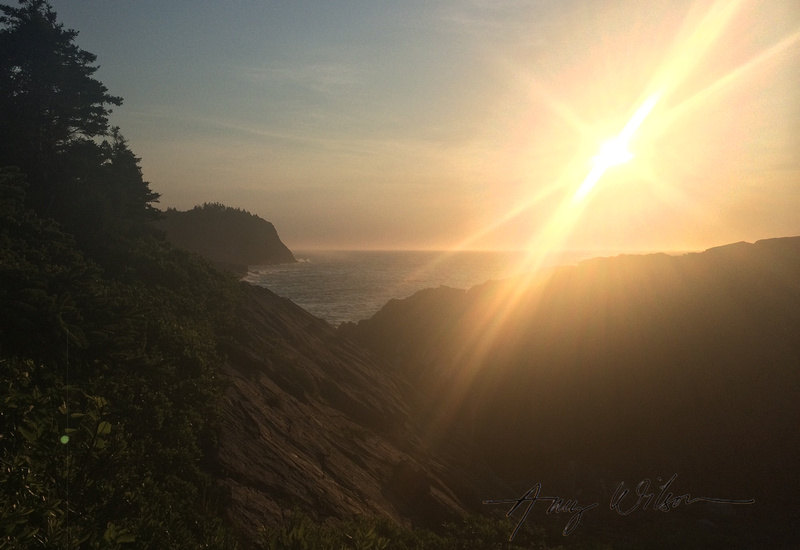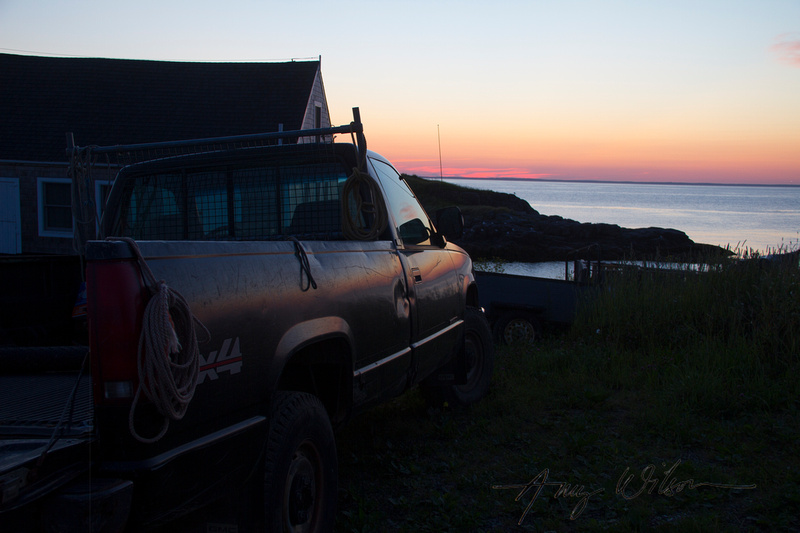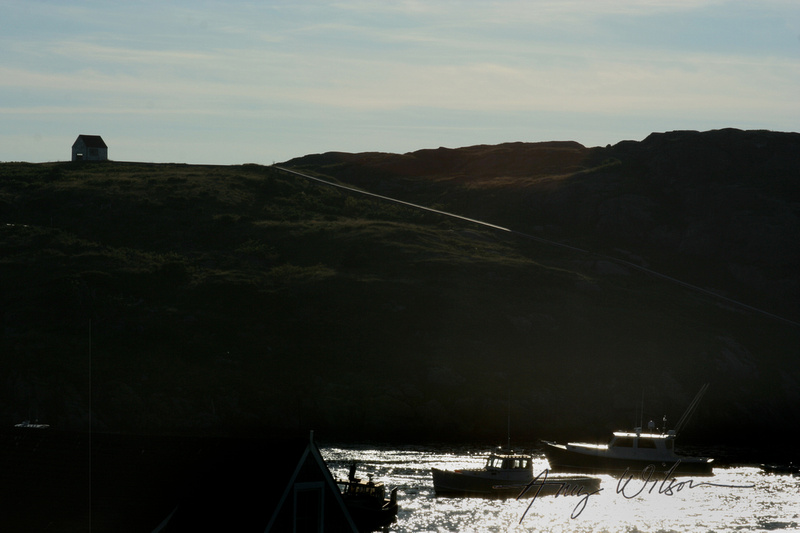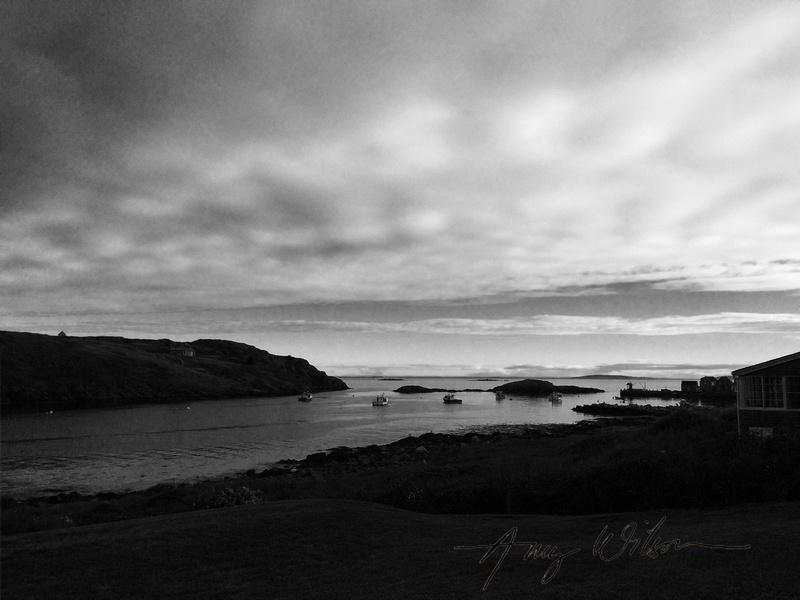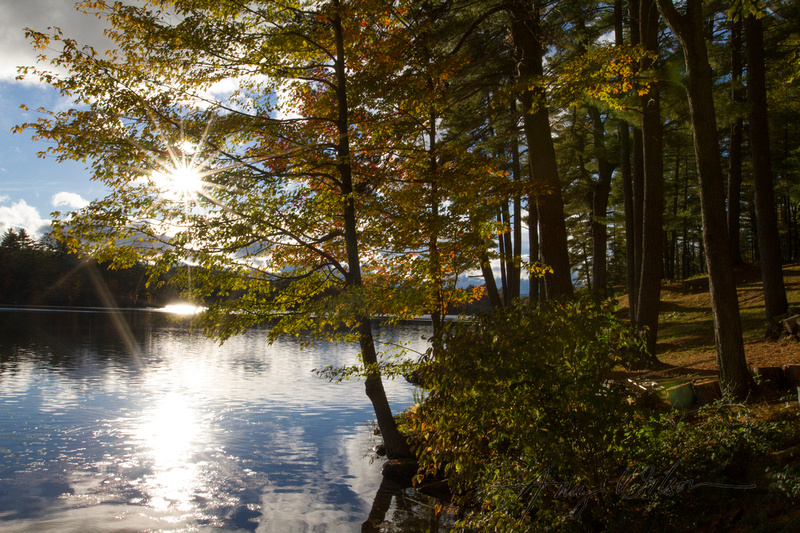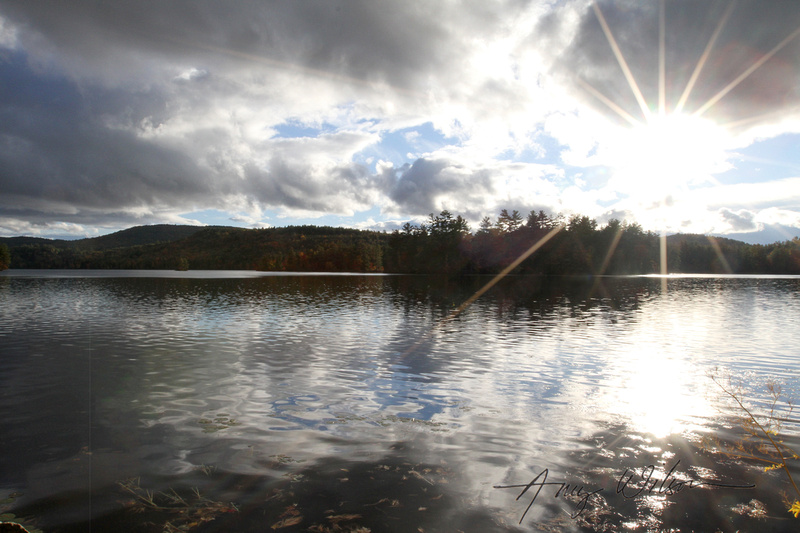Amy Wilson Photography
~ my beautiful world ~
ICM: Intentional Camera Movement
WHY?
ICM is another tool for purposeful expression, a tool to use in developing your personal aesthetic.
ICM takes the motion blur created with a long exposure one step further in expressive quality. It is another method of painting with light.
“It is an illusion that photos are made with the camera,
they are made with the eye, heart & head.” – Henri Cartier-Bresson
Long exposures blur motion, while keeping the non-moving structure of the photograph, the ground and any other environmental features, solid and focused. Images like those in Poetry of motion are an example of purposeful use of long exposures, during which the camera would need to be mounted on a tripod or on a solid surface to eliminate camera shake.
With intentional camera movement, we provide the movement, the expressive quality, by intentionally moving the camera.
In my own work, ICM helps me capture gesture and energy. ICM helps me create images about the essence of my subject.
Examples.




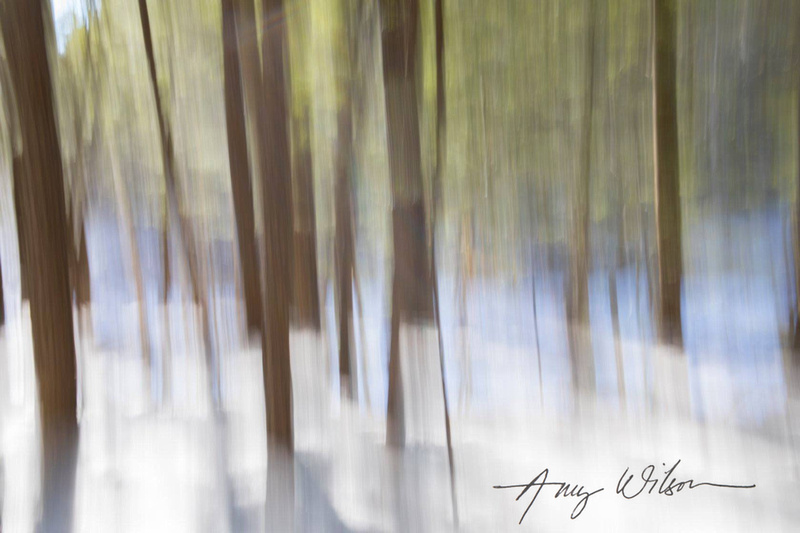

Note from these examples that they are not just blurry pictures. A strong image should still have some strong lines or focal points even if they are not in focus. The movement enhances the emotional quality of the subject. You may enhance the emotion/mood with color and depth in post-processing.
HOW?
1. Choose a subject. Look for contrasting colors and values, think about composition.
2. Set your camera.
Intentional shutter, usually 1/6” to 2”; ISO @100 for best quality; f-stop to complete exposure.
Consider a neutral density filter if photographing in bright daylight.
A longer shutter speed will soften details. A shorter shutter speed will leave more details.
3. Set your own mindset! Creating ICM images involves play and practice and experimentation to discover what works for your subject, the available light, and your own vision.
4. Play. Play with your camera movement. Different panning movements will create different lines in your image. Try moving your camera along the main lines of your subject. Adjust exposure as necessary. Play with moving your lens by zooming in or out during the exposure.
* I compare this process to fishing. You do a lot of casting to catch a big one.
RESOURCES
Andrew S Gray website and gallery, YouTube channel of instructional videos
Gray has multiple films of his shooting process, his culling of images, and his editing. In fact he edits live on Tuesday nights. *Andrews relies heavily on the post-production, shooting to ‘collect data’ for later editing.
Doug Chinnery website
Doug Chinnery blog post tutorials
Janet Powick interview and inspiration
Selective Focus
What is selective focus? Selective focus is when one part of your image, preferably your subject, is in focus, while the rest of the image is out of focus to some purposeful degree. This is also referred to as a 'short depth of field'.
Why use selective focus?
Artists use selective focus to separate their subject from its environment.
Common examples of images that traditionally use selective focus are portraits: a senior portrait, a close up of a flower, or of an animal.
In these examples you can see that the subject has been separated from the environment for emphasis.
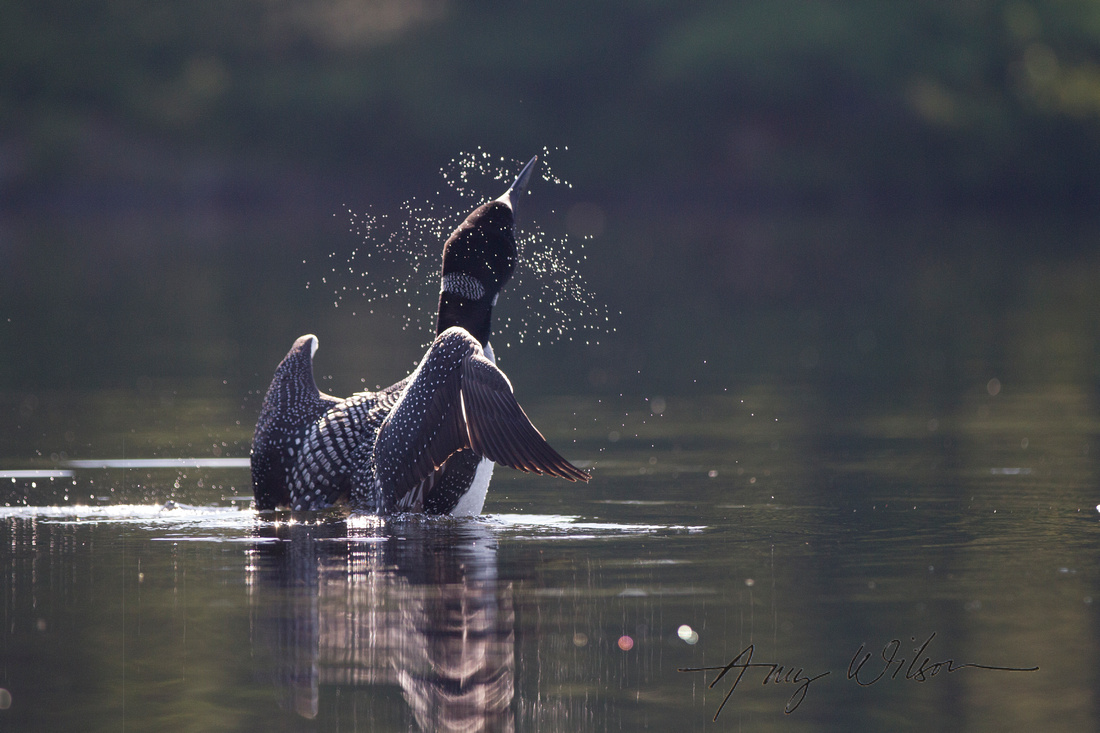

f2.8 @ 200 mm
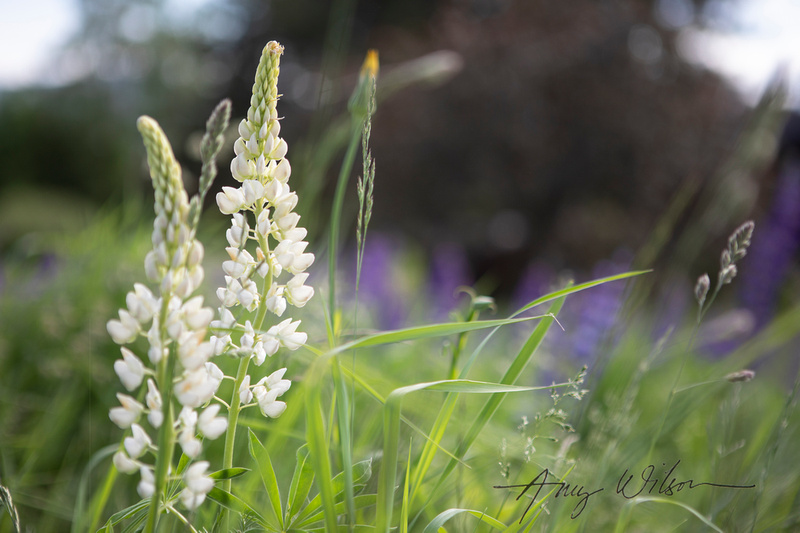

f2.8 @ 70 mm
A by-product of selective focus is called bokeh, when anything that reflects light becomes a large light spot. In the photograph below, I purposefully backlit the loon and all that bokeh was created by the pollen floating on the water.
This is a great source of information on how to create Bokeh. Bokeh for beginners
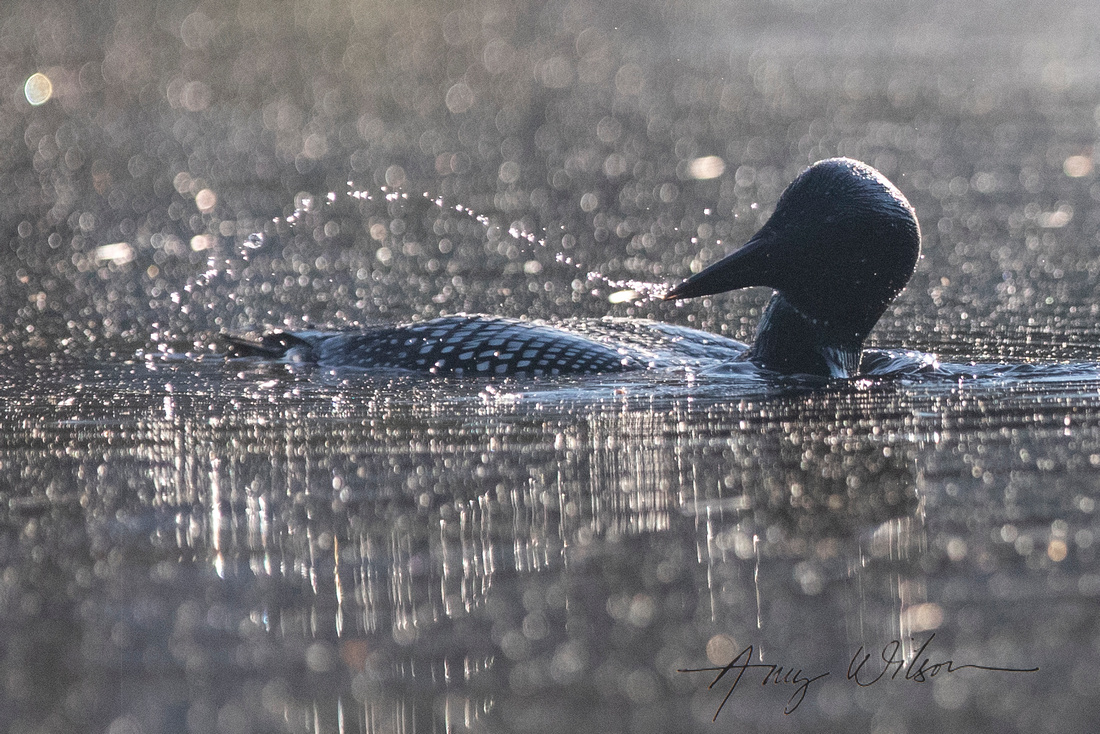

f2.8 @200 mm
How do you achieve selective focus?
There are three ways to create selective focus.
- Aperture. Set the aperture on your camera to the largest aperture, the largest opening. On a lens with an aperture range of f2.8 – f32,you will achieve the maximum selective focus by setting your camera to 2.8.The larger the opening of your lens, the more selective focus.
- Proximity. Get physically as close as possible to your subject.
- Focal length. Zoom in as far as you can, maximizing your telephoto.
The last two, proximity and focal length, are especially important if you do not have a fast lens with a 2.8 or other wide aperture.
Here is a graphic that explains this.
Food for Thought:
Isolating a subject from its context changes meaning.
Think about the difference between a formal portrait and an environmental portrait.
In a formal portrait, a person’s face is in focus, the middle ground and background are out of focus.
In an environmental portrait, a person AND their context are in focus, so that we can learn about the person from all the symbols in their environment.
The aperture is a tool that gives you power and control over how much information you communicate about your given subject. You get to choose, purposefully.
Loon Drops | While Paddling | Lake Wicwas, NH
He was busy fishing. We paused in our kayaks, enjoying that magic moment of expectation, wondering where and when he would resurface. After several blissful minutes he claimed his territory with this display, and we moved on.
To see more loon photos from Lake Wicwas, click here.
Monhegan Island Light
Moments of light on a Maine Island
I just had the pleasure of spending another week on Monhegan, making art. It was a week of plein air painting and photographing, of hiking from dawn to dusk to my favorite places to find the most amazing light.
To see more of my images of Monhegan Island, click here.
